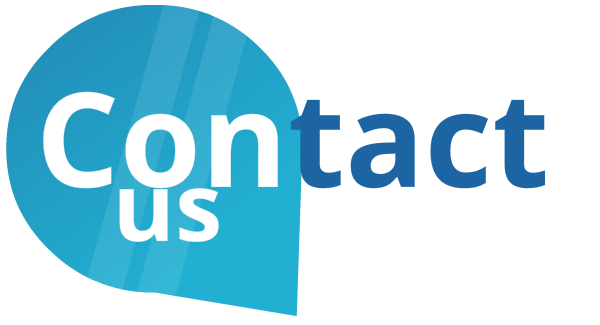Extracting data from invoices accurately has been a challenge for AP teams for many years. Traditional OCR uses the template based approach where each invoice template/format needs to be programmed with OCR to get the data accurately.
In 2023, document AI or Intelligent document processing (IDP) is the one and ultimate solution for invoice processing. This is a state of the art technology that understands the context of documents and does not need to be trained with every invoice format or template. There are a few companies who provide invoice processing platforms to process invoices with high accuracy with AI.
What is an invoice processing platform?
Invoice processing platform is a software tool that is used to process invoices with AI. An ideal platform should have pre-trained AI models with API integration facilities. Here are some of the things that you should look for in an invoice processing platform:
- Sourcing invoices automatically through API, email etc.
- Data capturing with pre-trained AI model
- Validating the captured data with an easy UI
- Invoice approval and other data transformation
- Exporting the captured data to the existing accounting system through webhooks/APIs and other means.
How to integrate invoice processing platform with accounting system?
For the end-to-end accounts payable(AP) automation, the invoice processing AI model needs to be integrated with the existing accounting system. This integration allows the AP team to access the captured data from the accounting system for further processing. The easiest way to do the integration is through API and webhooks. Most of the invoice processing platform comes with a set of APIs for developers for integration purposes.
How to integrate invoice processing AI model with legacy accounting system?
For legacy systems such as QuickBooks Desktop or Infor Visual that do not offer API integration capabilities, traditional integration methods may not be feasible. Instead, Robotic Process Automation (RPA) bots can be utilized for seamless integration. RPA bots extract data through APIs and automatically input the data into legacy systems in a similar manner to a human. Additionally you can also automate repetitive and rule based tasks through bots to avoid human errors and fast execution.
How long does it take to onboard an invoice processing AI platform?
It depends on a few factors such as complexity of your AP process, your existing accounting system and how many tasks you want to automate in your AP process.
If you have a fairly straightforward AP process with an accounting system with API facilities, it should take 2-5 days for onboarding the AI into your accounting. Within this timeline, you should be able to connect your invoice source such as email or API and transfer the captured data into your accounting software. Further automation such as implementing AP rules or RPA integration may take a few more days.
Please note that the invoice processing platform that you choose, should have the self-learning capability. Because AI learns with time and it may take a few days to achieve the desired accuracy. Initially, if you are not getting a very high accuracy, just give it sometime.
For a more complex AP process, onboarding the AI model may automate just a portion of the AP process. For the end-to-end automation with all the business rules automation may take a few weeks for developers and AP team.
Step-by-step process to onboard invoice processing AI platform.
- Know your existing system: Get the following answers:
- Does your accounting system provide APIs?
- What are the integration methods you have with your existing system?
- Where do you receive invoices? Can you forward those invoices to an email address accessible to the AI model? Or will you use an API to source the invoices?
- What level of automation do you need?
- Do you want to source invoices manually or automatically?
- Do you want to track and eliminate fraudulent invoices?
- Do you want to populate the extracted data to your existing system automatically? Where exactly do you want this data to appear?
- Do you want to transform the extracted data into some format before they populate to your system?
- Do you want to automate some AP steps with RPA?
- Choose the right platform: Based on your need, budget and current accounting system, choose the right platform that is best suited for your need.
- Study the the platform: how it works
- Study how you can integrate their API
- Register and integrate
- Monitor the integration for a few days.
- Train your team and start processing invoices.
Invoice processing automation is inevitable, if not today, then tomorrow. The AP team just needs to follow the right process and have a fair understanding of this transformation.
-
Soumen Dashttps://intelgic.com/insights/author/admin/
-
Soumen Dashttps://intelgic.com/insights/author/admin/
-
Soumen Dashttps://intelgic.com/insights/author/admin/
-
Soumen Dashttps://intelgic.com/insights/author/admin/


